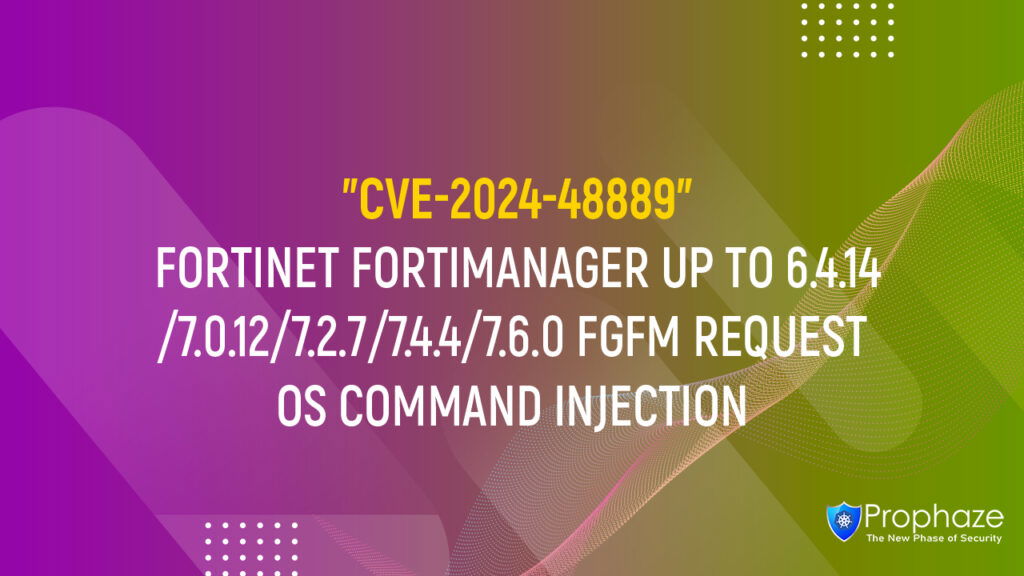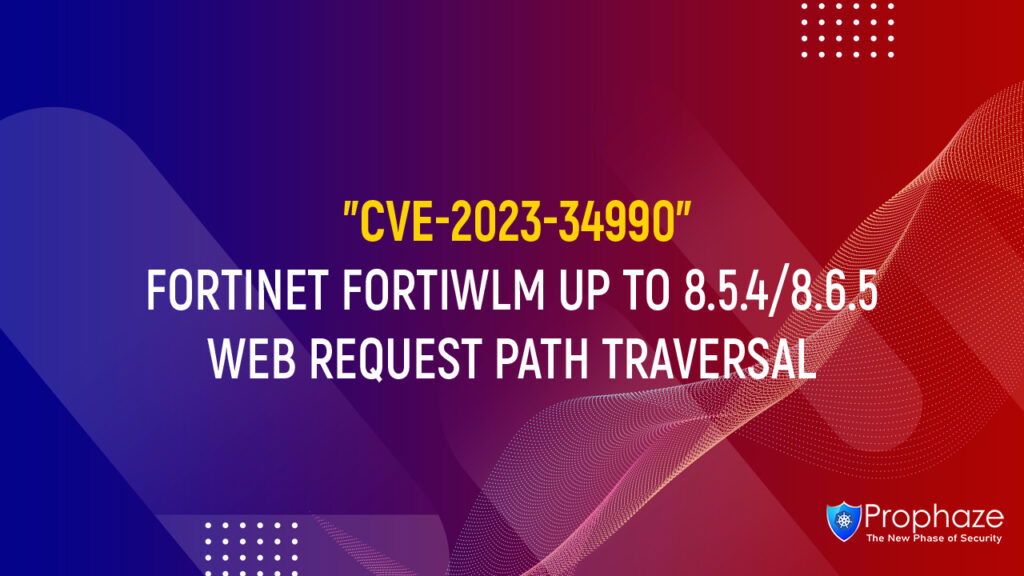| Overview : |
| Multiple flaws was discovered in Honeywell equIP and Performance Series IP Cameras |
| Affected Product(s) : |
|
| Vulnerability Details : |
||||||||||||
Solution : Honeywell has released firmware update packages for all affected products listed above. The package can be downloaded from: https://mywebtech.honeywell.com/Home Honeywell recommends users with potentially affected products take the following steps to protect themselves:
More information on this issue can be found in Honeywell Security Notification SN 2019-09-13 02 CISA reminds organizations to perform proper impact analysis and risk assessment prior to deploying defensive measures. CISA also provides a section for control systems security recommended practices on the ICS webpage on us-cert.gov. Several recommended practices are available for reading and download, including Improving Industrial Control Systems Cybersecurity with Defense-in-Depth Strategies. Additional mitigation guidance and recommended practices are publicly available on the ICS webpage on us-cert.gov in the Technical Information Paper, ICS-TIP-12-146-01B–Targeted Cyber Intrusion Detection and Mitigation Strategies. Organizations observing any suspected malicious activity should follow their established internal procedures and report their findings to CISA for tracking and correlation against other incidents. No known public exploits specifically target this vulnerability. High skill level needed to exploit. |




